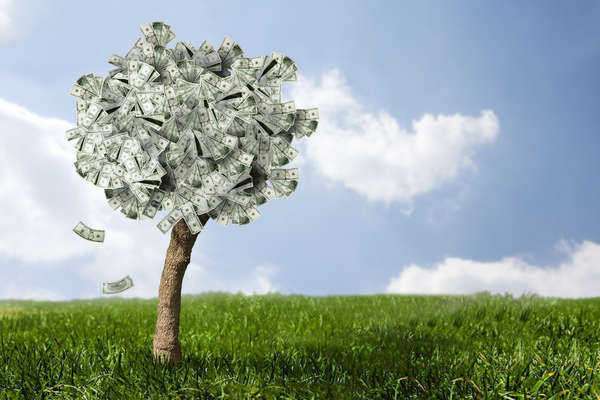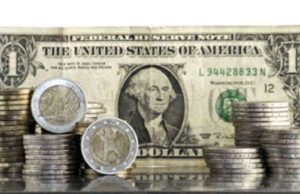
What is a Commercial Loan?
A commercial loan is a vital aspect to business; commercial loans are used by business entities to help finance short-term operations or to satisfy expenditures when cash-flow problems arise. Before embarking on a commercial loan application, it is crucial to understand the commercial loan rates attached to this form of short term financing and the aspects or variables that cause such rates to fluctuate.
A business entity will apply for a commercial loan to purchase commercial property, capital equipment, or to help finance the company’s working capital needs. Similar to personal loans, commercial loan rates and the availability of a commercial loan will incorporate the applicant’s credit history.
That being said, the most determining factor associated with the availability of such loans and the commercial loan rates attached to the financing is based off the applicant’s ability to generate income. Commercial loan rates are never calculated based off of personal income like a residential loan, but instead, based off of the income that the business generates or is expected to generate in the future.
Commercial Loan Rates:
Commercial loan rates refer to the interest rates and financing charges attached to a commercial loan. A commercial lender profits by issuing a commercial loan through the obtainment of interest payments and finance charges. These charges are used to offset the risk of default. All commercial loan rates are based on a risk assessment; a commercial lenders primary concern is whether the applicant is a good credit risk. As a result, the higher the credit risk the higher the commercial loan rate attached to the loan.
As stated before, the main variable that is evaluated is the company’s ability to generate revenue; however, personal risk rating of the borrower may also be used to determine commercial loan rates.
The commercial loan rates are aligned with applicant’s ability to fulfill the loan obligation and meet the loan requirements. As a result, those companies who make more money would have an easier time meeting the obligations found in the repayment schedule. Therefore, those companies that incur higher profits or are expected to generate cash flow in the future will typically achieve lower commercial loan rates than those companies who are insolvent or are struggling to earn a profit.
In addition to personal and business evaluations, the property of the underlying business will also be evaluated to determine the risk and thus yield the commercial loan rates attached to the financing. If the type of property being considered is undesirable by the lender’s standards (if for example if the property is at a high risk for flood or in a depressed area) the issuing company will charge higher commercial loan rates.
Typically, offices or retails buildings are the safest and best piece of property in regards to receiving the most desirable of commercial loan rates. Those properties that would receive high commercial loan rates would include pieces of land that require special permission to access or those properties that pose potential environmental risks to the general public.


















